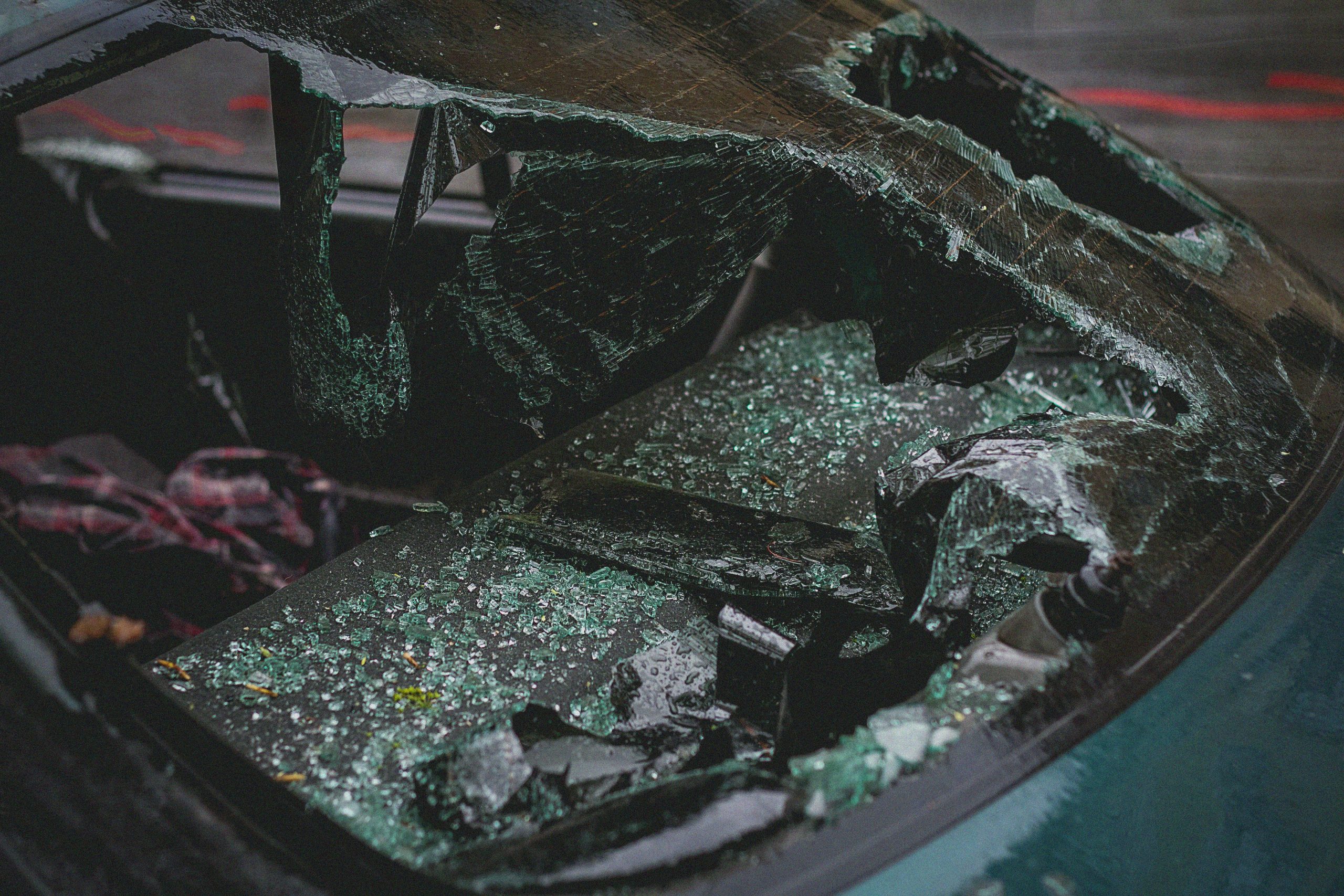What Are Your Options When a Rental Car Accident Isn’t Fully Covered by Insurance?
Accidents involving rental cars can become complicated, especially when the at-fault driver isn’t adequately insured. If you find yourself in a situation where a driver using a rental vehicle causes damage to your property, and the responsible party’s insurance doesn’t cover the incident, it’s crucial to understand your legal options and next steps.
The Scenario
Imagine a scenario where a driver operating a rental vehicle hits you, and clear evidence — including a police report and video footage — establishes their fault. However, the rental wasn’t properly insured because the driver’s step-parent, who arranged the rental, failed to include her on the policy. Additionally, since she was under 25, insurance coverage might be more limited. While your own insurance helps cover most of your damages, you’re left with a few thousand dollars in out-of-pocket expenses that you’re seeking to recover. Unfortunately, the rental company’s insurer is refusing to cover the damages, claiming the policy doesn’t extend to this driver.
Your Insurance Status and Challenges
Your insurance provider indicated they wouldn’t pursue legal action against the responsible party but would seek reimbursement for their payout. Nevertheless, the at-fault individual has been uncooperative — leaving the scene without exchanging insurance information, ignoring calls, and failing to report the incident. This obstructive behavior raises concerns about the feasibility of recovering your costs through traditional claims.
Should You Consider Legal Action?
When faced with these circumstances, suing the at-fault driver might seem like the next logical step, especially when attempts at reimbursement have failed. However, before proceeding, consider these key points:
- Evidence and Documentation: Ensure your police report, video footage, and communication records are comprehensive and organized. These will be crucial if you pursue legal avenues.
- Insurance Gaps: Since the responsible driver’s insurer denies coverage, and your insurer is limited to seeking reimbursement, you may need to pursue a civil lawsuit against the driver for the damages incurred.
- Financial and Time Investment: Litigation can be lengthy and costly. Weigh the potential recovery against the expenses involved.
- Legal Advice: Consult with a qualified attorney experienced in personal injury and property damage cases to evaluate the strength of your claim and explore the most effective course of action.
Conclusion
In cases where an at-fault driver involved in a rental car accident isn’t covered by insurance, pursuing legal action can sometimes be the only way



